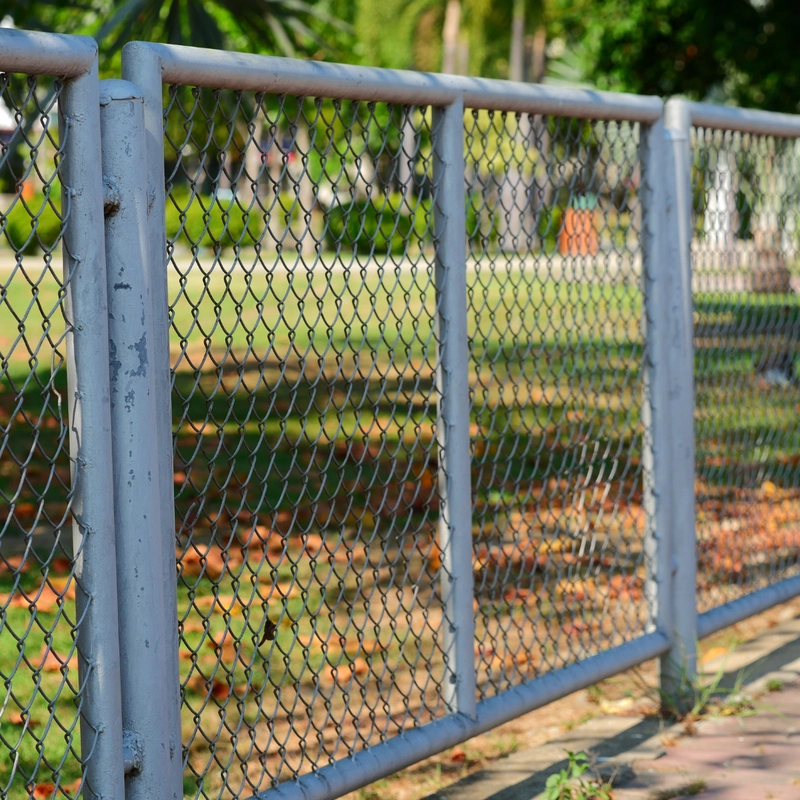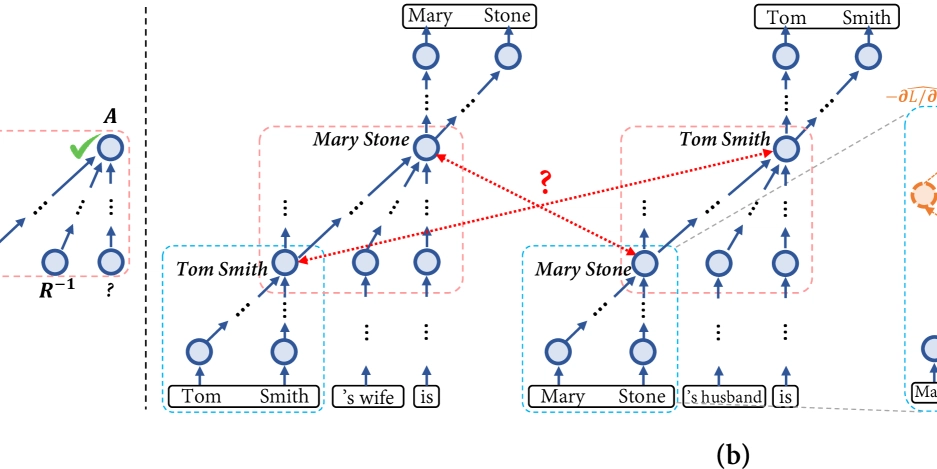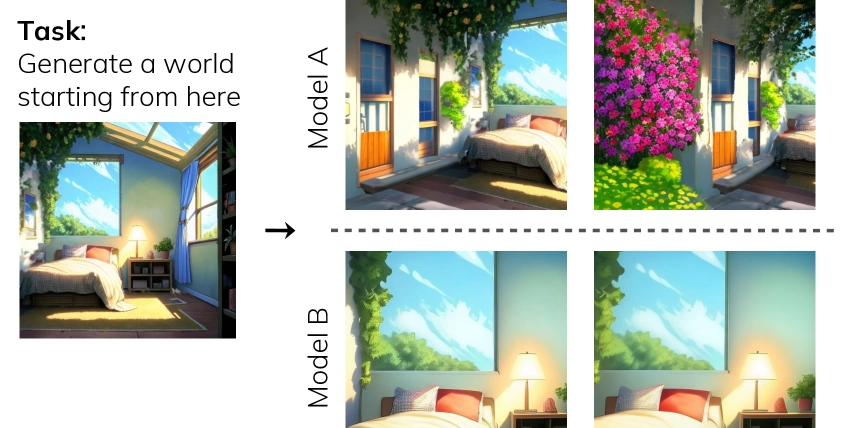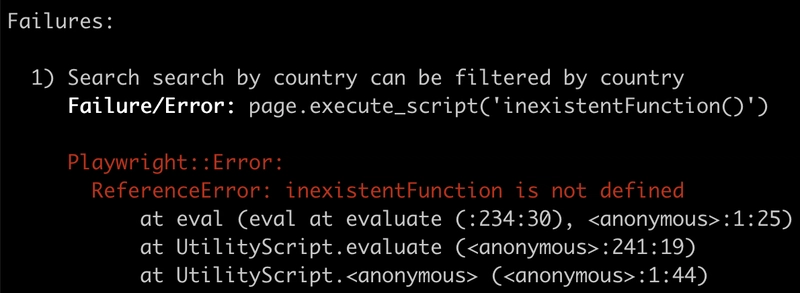How to Ensure Your Chain Link Fence Meets Local Regulations Step by Step
Installing a chain link fence is a great way to secure your property, but you must ensure it meets local zoning laws to avoid fines and legal issues. This guide will help you understand the step-by-step process to comply with regulations, and includes Python and JavaScript code to assist in planning and verification. Step 1: Research Local Fencing Regulations Before beginning installation, research your local zoning laws. The key aspects to verify include: Height restrictions (often between 4-6 feet for residential areas). Permits required before construction. Property boundary rules to avoid encroachment. Material restrictions, like avoiding barbed wire in residential areas. For expert assistance, contact a fence company Lincolnwood to help navigate these rules. Step 2: Obtain Necessary Permits In many areas, you need a permit before installing a fence. Here’s a Python script to check if a permit is required based on your city: city_regulations = { "Chicago": True, "Lincolnwood": True, "Evanston": False, # Example: Evanston might not require a permit "Skokie": True } def check_permit_required(city): return f"Permit required in {city}: {city_regulations.get(city, 'Unknown')}" # Example usage print(check_permit_required("Lincolnwood")) print(check_permit_required("Evanston")) Step 3: Calculate Fence Materials Before purchasing materials, you need to determine how many posts, concrete bags, and rolls of fencing you need. Use the following Python script to estimate materials: def calculate_fence_materials(fence_length, post_spacing=8, roll_length=50): posts = (fence_length // post_spacing) + 1 concrete_bags = posts * 2 # Assuming 2 bags per post fence_rolls = fence_length / roll_length return { "Total Posts": posts, "Concrete Bags Needed": concrete_bags, "Fence Rolls Needed": round(fence_rolls, 2) } # Example usage fence_length = 200 # Example: 200 feet fence materials = calculate_fence_materials(fence_length) print(materials) Step 4: Verify Property Boundaries with Google Maps API To avoid placing your fence outside of your property line, use the Google Maps API. Below is a JavaScript script to visualize your property boundary: function initMap() { var map = new google.maps.Map(document.getElementById('map'), { center: { lat: 41.8781, lng: -87.6298 }, zoom: 15 }); var propertyBoundary = new google.maps.Polygon({ paths: [ { lat: 41.8781, lng: -87.6298 }, { lat: 41.8782, lng: -87.6297 }, { lat: 41.8783, lng: -87.6296 }, { lat: 41.8781, lng: -87.6298 } ], strokeColor: "#FF0000", strokeOpacity: 0.8, strokeWeight: 2, fillColor: "#FF0000", fillOpacity: 0.35 }); propertyBoundary.setMap(map); } Step 5: Ensure Fence Height Compliance Many areas have restrictions on fence height. Use this Python script to verify compliance: def check_fence_height(fence_height, max_height): if fence_height > max_height: return f"Your fence height ({fence_height} ft) exceeds the limit of {max_height} ft!" return "Your fence height is within legal limits." # Example usage print(check_fence_height(7, 6)) # Example: User fence is 7 feet, max is 6 feet Final Thoughts Ensuring your chain link fence complies with local regulations is crucial to avoid penalties and future disputes. By researching zoning laws, obtaining permits, calculating materials, verifying boundaries, and checking fence height, you can ensure a smooth installation process. For more professional assistance, check out chain link fence Lincolnwood IL to guarantee compliance and high-quality installation.

Installing a chain link fence is a great way to secure your property, but you must ensure it meets local zoning laws to avoid fines and legal issues. This guide will help you understand the step-by-step process to comply with regulations, and includes Python and JavaScript code to assist in planning and verification.
Step 1: Research Local Fencing Regulations
Before beginning installation, research your local zoning laws. The key aspects to verify include:
- Height restrictions (often between 4-6 feet for residential areas).
- Permits required before construction.
- Property boundary rules to avoid encroachment.
- Material restrictions, like avoiding barbed wire in residential areas.
For expert assistance, contact a fence company Lincolnwood to help navigate these rules.
Step 2: Obtain Necessary Permits
In many areas, you need a permit before installing a fence. Here’s a Python script to check if a permit is required based on your city:
city_regulations = {
"Chicago": True,
"Lincolnwood": True,
"Evanston": False, # Example: Evanston might not require a permit
"Skokie": True
}
def check_permit_required(city):
return f"Permit required in {city}: {city_regulations.get(city, 'Unknown')}"
# Example usage
print(check_permit_required("Lincolnwood"))
print(check_permit_required("Evanston"))
Step 3: Calculate Fence Materials
Before purchasing materials, you need to determine how many posts, concrete bags, and rolls of fencing you need. Use the following Python script to estimate materials:
def calculate_fence_materials(fence_length, post_spacing=8, roll_length=50):
posts = (fence_length // post_spacing) + 1
concrete_bags = posts * 2 # Assuming 2 bags per post
fence_rolls = fence_length / roll_length
return {
"Total Posts": posts,
"Concrete Bags Needed": concrete_bags,
"Fence Rolls Needed": round(fence_rolls, 2)
}
# Example usage
fence_length = 200 # Example: 200 feet fence
materials = calculate_fence_materials(fence_length)
print(materials)
Step 4: Verify Property Boundaries with Google Maps API
To avoid placing your fence outside of your property line, use the Google Maps API. Below is a JavaScript script to visualize your property boundary:
function initMap() {
var map = new google.maps.Map(document.getElementById('map'), {
center: { lat: 41.8781, lng: -87.6298 },
zoom: 15
});
var propertyBoundary = new google.maps.Polygon({
paths: [
{ lat: 41.8781, lng: -87.6298 },
{ lat: 41.8782, lng: -87.6297 },
{ lat: 41.8783, lng: -87.6296 },
{ lat: 41.8781, lng: -87.6298 }
],
strokeColor: "#FF0000",
strokeOpacity: 0.8,
strokeWeight: 2,
fillColor: "#FF0000",
fillOpacity: 0.35
});
propertyBoundary.setMap(map);
}
Step 5: Ensure Fence Height Compliance
Many areas have restrictions on fence height. Use this Python script to verify compliance:
def check_fence_height(fence_height, max_height):
if fence_height > max_height:
return f"Your fence height ({fence_height} ft) exceeds the limit of {max_height} ft!"
return "Your fence height is within legal limits."
# Example usage
print(check_fence_height(7, 6)) # Example: User fence is 7 feet, max is 6 feet
Final Thoughts
Ensuring your chain link fence complies with local regulations is crucial to avoid penalties and future disputes. By researching zoning laws, obtaining permits, calculating materials, verifying boundaries, and checking fence height, you can ensure a smooth installation process.
For more professional assistance, check out chain link fence Lincolnwood IL to guarantee compliance and high-quality installation.










































































































































































![[The AI Show Episode 142]: ChatGPT’s New Image Generator, Studio Ghibli Craze and Backlash, Gemini 2.5, OpenAI Academy, 4o Updates, Vibe Marketing & xAI Acquires X](https://www.marketingaiinstitute.com/hubfs/ep%20142%20cover.png)














































































































































































































































.jpg?#)















































































































































![YouTube Announces New Creation Tools for Shorts [Video]](https://www.iclarified.com/images/news/96923/96923/96923-640.jpg)

![Apple Faces New Tariffs but Has Options to Soften the Blow [Kuo]](https://www.iclarified.com/images/news/96921/96921/96921-640.jpg)
































































































































